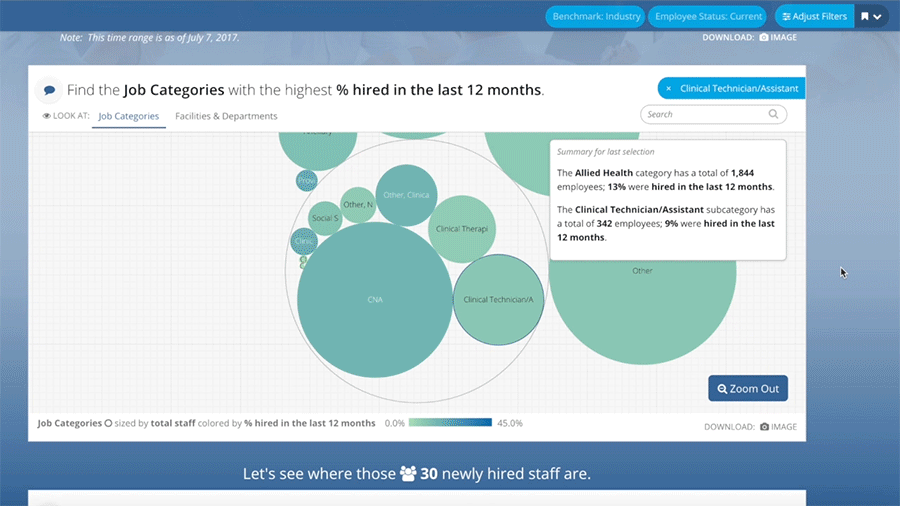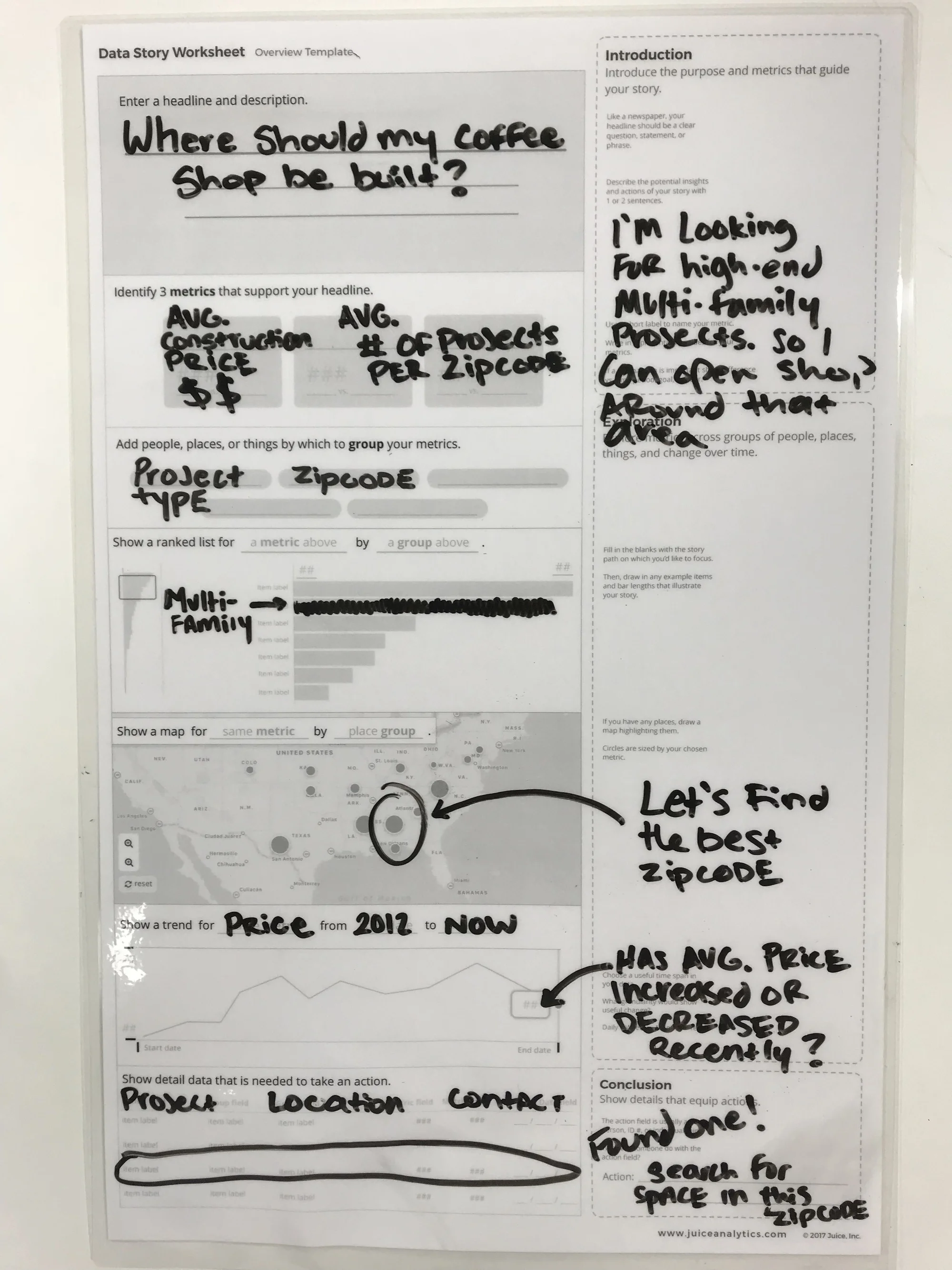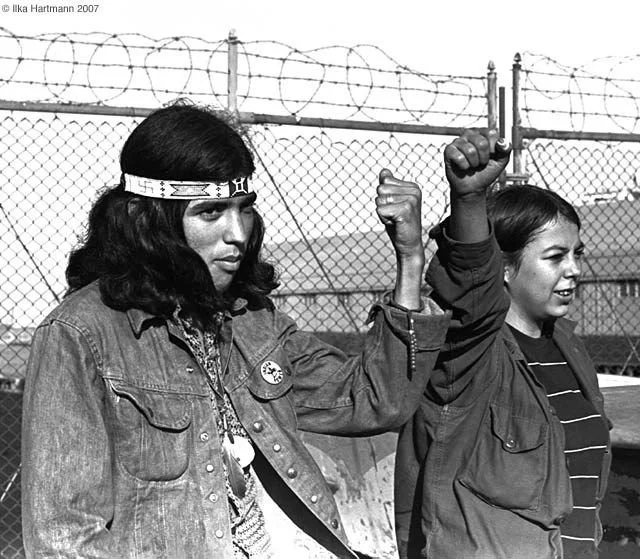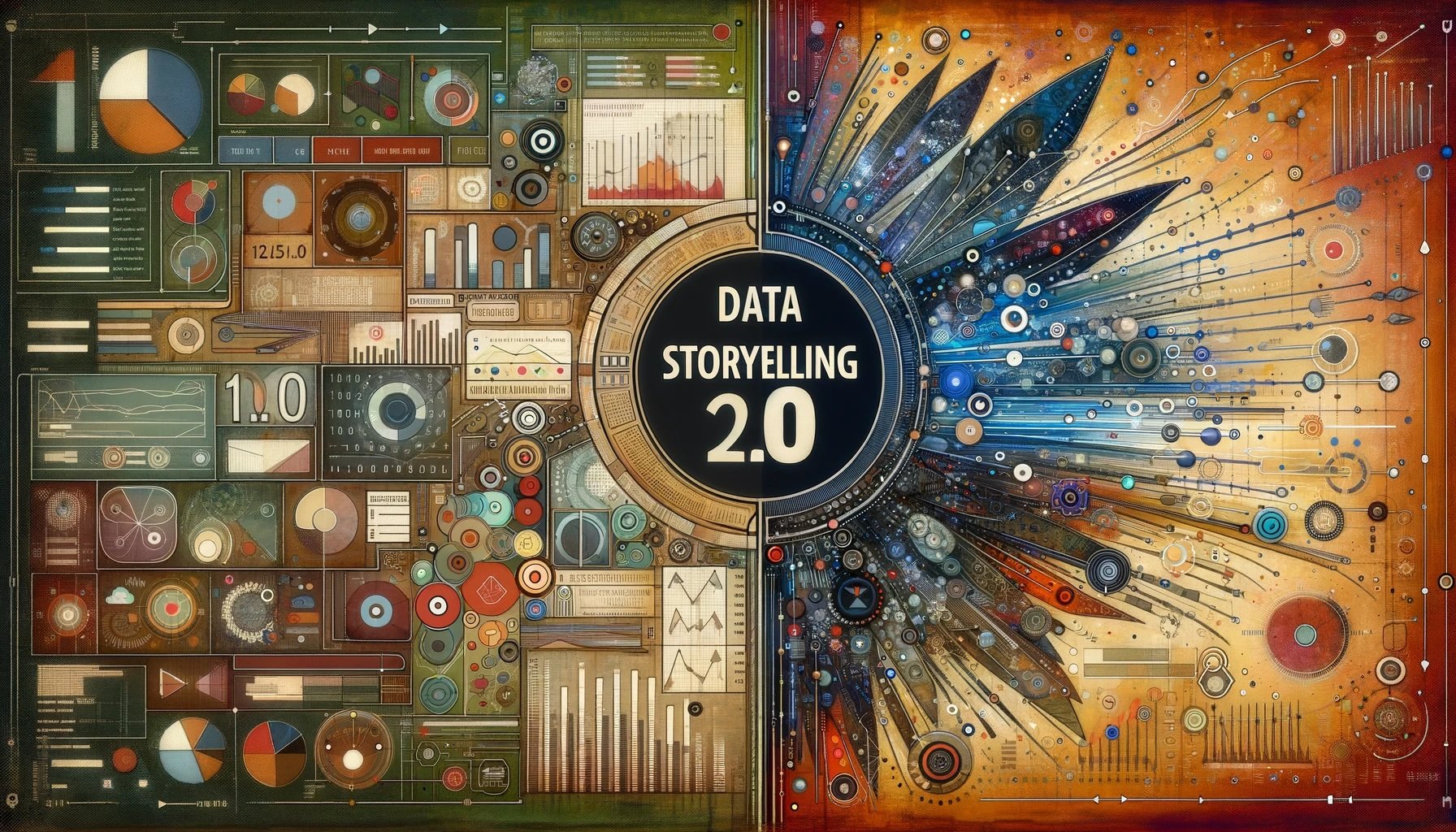This post originally appeared on the Treasure Data blog.
Tell us at the story behind Juice Analytics. What’s your mission?
My brother and I started Juice Analytics over a decade ago. From the beginning, our mission has been to help people communicate more effectively with data. We saw the same problem then that still exists today: organizations can’t bridge the “last mile” of data. They have valuable data at their fingertips but struggle to package and present that data in ways that everyday decision makers can act on it. Even with the emergence of visual analytics tools, data still remains the domain of a small group of specialized analysts leaving a lot of untapped value.
Our company has worked with dozens of companies, from media (Cablevision, U.S. News & World Report) to healthcare (Aetna, United Healthcare), to help them build analytical tools that make it easy and intuitive to explore data. We published a popular book in 2014 titled Data Fluency: Empowering Your Organization with Effective Data Communication (Wiley) with a framework and guidance to enable better data communication. To bring our best practices and technology to a broad audience, we built a SaaS platform called Juicebox that enables any organization with data to create an interactive and visual data storytelling application.
Why is data visualization so important to an organization’s ability to understand its data?
Data visualization is one of the most useful tools in bridging the gap between an organization’s valuable data and the minds of decision makers. For most people, it is difficult to extract insights or find patterns from raw data. When we tap into the power of visuals to help us recognize patterns, data becomes more accessible to a broader audience.
For many of the organizations we work with, data visualization has the added value of uncovering issues with the data. Once you start visualizing trends and outliers, the weaknesses or mistaken assumptions about your data come to the surface.
What is data storytelling? How can it be useful to marketing professionals?
The term data storytelling has become increasingly popular over the last few years. We know that data is important to reflect reality — but absorbing data, even in the form of dashboards or data visualizations, can still feel like eating your vegetables. We all recognize the power of storytelling to engage an audience and help them remember important messages. People who focus on communicating data — like our team at Juice — feel that there is an opportunity to use some of the elements of storytelling to carry the message. Stories have a narrative flow and cohesiveness that distinguishes them from most data presentations.
However, data storytelling is different from standard storytelling in some important ways. For one thing, in a data story the reader is encouraged to discover insights that matter to them. One analogy I like to use is a “guided safari.” Data storytelling should take the audience to the views of data where new insights are likely to occur, but it is up to the audience to “take a picture” of what is more relevant to them.
In our experience, data storytelling is particularly valuable to marketing professionals. For internal audiences, data storytelling techniques can help you explain the impact of your marketing efforts to your stakeholders. For customer or prospects, data stories can be used to lend credibility to your marketing messages and enable deeper insights of your product.
What are essential tools for data storytelling?
The tools for data storytelling fall into a couple of categories: human skills and technology solutions.
The most critical skill you can have for data storytelling is empathy for your audience. You want to know where they are coming from, what they care about, how data can influence their decisions, and what actions they would take based on the right data. Knowing your audience allows you to shape a story that emphasizes the most important data and leads them to conclusions that will help them. Data storytellers must remember that an audience has a scarcity of attention and a need for the most relevant information.
At Juice, we’ve thought a lot about the capabilities that make data storytelling most effective — after all, we’ve created a technology solution that lets people build interactive data stories. Here are six features that we consider most crucial:
- Human-friendly visualizations. Your audience should be able to understand your data presentation the first time they see it.
- Combine text and visuals. There are lots of tools for creating graphs and charts. But data stories are a combination of data visuals flowing together with thoughtful prose and carefully-constructed explanations.
- Narrative flow. The text and visuals should carry your audience from a starting point (often the big picture of a situation) to the insights or outcomes that will influence decisions.
- Connected stories. In many cases, it takes more than one data story to paint the whole picture. Think of presenting your data as a, “Choose Your Own Adventure” book, in which the audience can pick a path at the end of each section to follow their interests.
- Saving your place. The bigger and more flexible a data story becomes, the more important it is to let the audience save the point they’ve arrived at in their exploration journey.
- Sharing and collaboration. Data stories are often a social exercise with many people in an organization trying to find the source of a problem and decide what they should do about it. Therefore, it is critical to let people share their insights, discuss what they’ve found, and decide on actions together.
Where do you see organizations struggling the most with managing and understanding the data they collect? What should they be doing differently?
A common problem is that organizations don’t truly understand the data they are collecting. Ideally, data is truth— it should allow us to capture and save the reality of historical events, such as customer interactions and transactions. However, more often than not, what the data is capturing isn’t exactly what people imagine. We find it useful when we can get a data expert in the same room as the business folks who will be using the data. A deep dive discussion about the meaning of individual data fields will often reveal mistaken assumptions or gaps in understanding. Working together to build a data dictionary can be invaluable as you continue to use data.
Data exploration is an iterative process. Answering one question will raise a few more. In this way, organizations will eventually identify where they lack understanding of their data. The faster you can iterate on analyzing and presenting data, the sooner you will resolve the issues.
Is all data visualization created equal? What do organizations need to know about finding the right type of visualization to help better understand their story?
Not all data visualization is created equal. There are visualization approaches — charts and graphs — that could be a good fit for your data and message and there are poor data visualization choices that will obscure your data. One mistake that we see is an ambivalence toward finding the right chart for the job. You may have seen dashboards that default to show data as a bar chart, but also give users the ability to pick a variety of other charts types. Why not choose the best chart to convey your data and unburden users from making any more decisions?
There are also well executed and poorly executed data visualizations. Good data visualization emphasizes the data over unnecessary styling, clearly labels the content and directs attention to the most important parts of the data.
From where you sit, how should organizations approach their data management – from collection to storing to analyzing?
We start from the end, then work our way backward. One of the biggest mistakes we see is organizations trying to collect and consolidate all the data they may possibly need in one place. These types of data warehouse projects quickly spin out of control with endless requirements and increasing complexity. It doesn’t have to be that way. Instead, we’d encourage people to start with three simple questions:
- What important action do we take today that could be better informed by data? Only include high impact actions where you have the data to answer the question.
- How would we present that data to the people who make take those actions? Most of the time it isn’t a data analyst who is going to be acting on the data on a day-to-day basis. Consider the simplest possible view of the data that would enable the end users.
- What data is necessary to deliver that view? Now you’ve narrowed down to just the critical data that is going to make an impact.
Once you’ve answered these questions for one specific action, you can go back and do it again for another.
What trends or innovations in Big Data are you following today?
Here are a few of the areas that are interesting to us:
- Data narratives. Companies like Narrative Science are turning data into textual summaries. Like us, they are looking for ways to transform complex data into a form that is readable to humans.
- The intersection of enterprise collaboration (e.g. Slack), data communication (e.g. Juice), and business workflows (e.g. Salesforce). Our goal isn’t just to help visualize data more effectively. We want people to act on that data. To do so, data visualization needs to connect to places where people are having conversations and into systems where people make business decisions.
- Specialized analytical tools. The pendulum appears to be swinging away from do-it-all business intelligence platforms and toward best-of-class, modular solutions. Companies like Looker, Alteryx and Juice aren’t trying to be everything to everyone — but rather serve a specific portion of the data analysis value chain. We’ve found more and more companies that are looking for the best tools for the job, but require mobility of the data between these tools.
Do you have a question about data viz, data storytelling, or Juice that we didn't answer? Send us a message at info@juiceanalytics.com or fill out the form below.
















